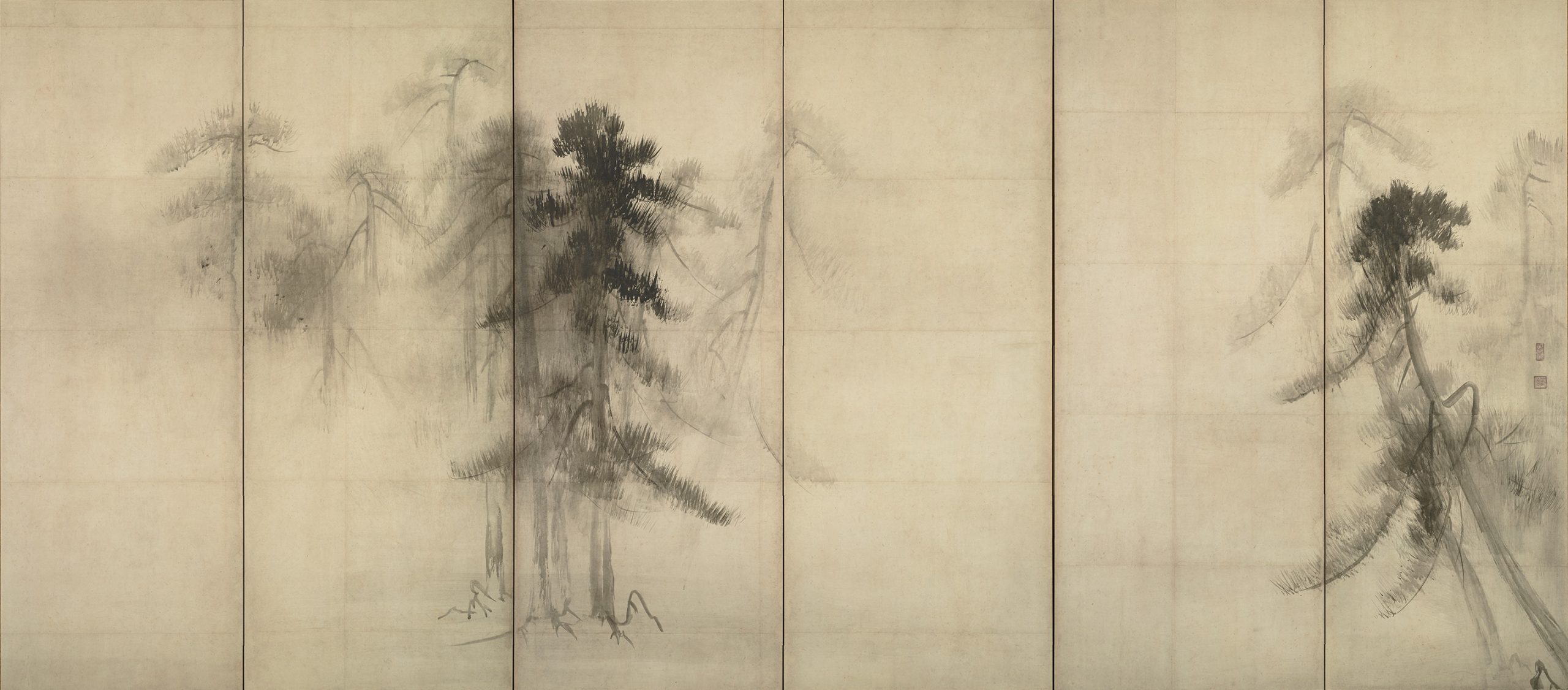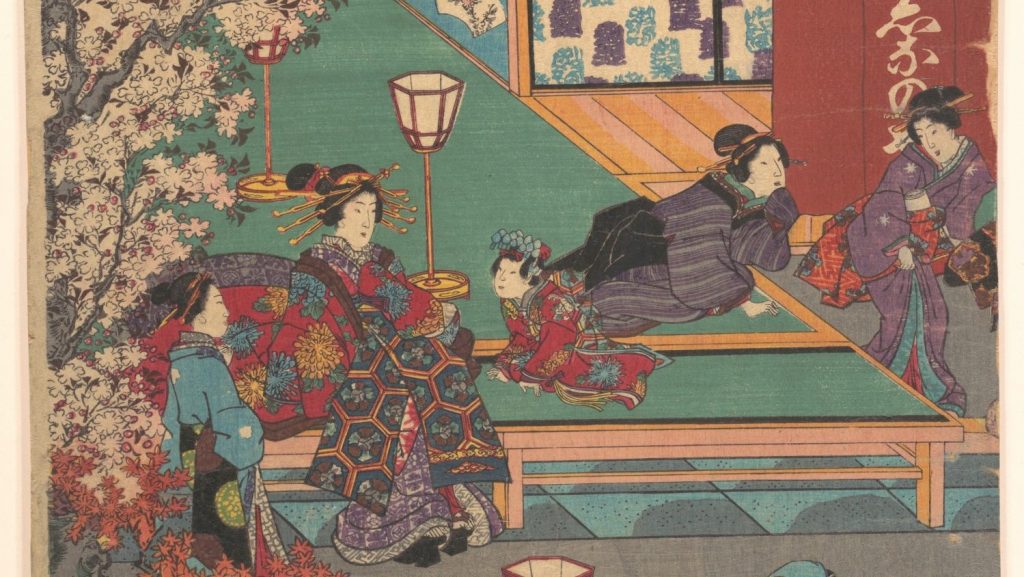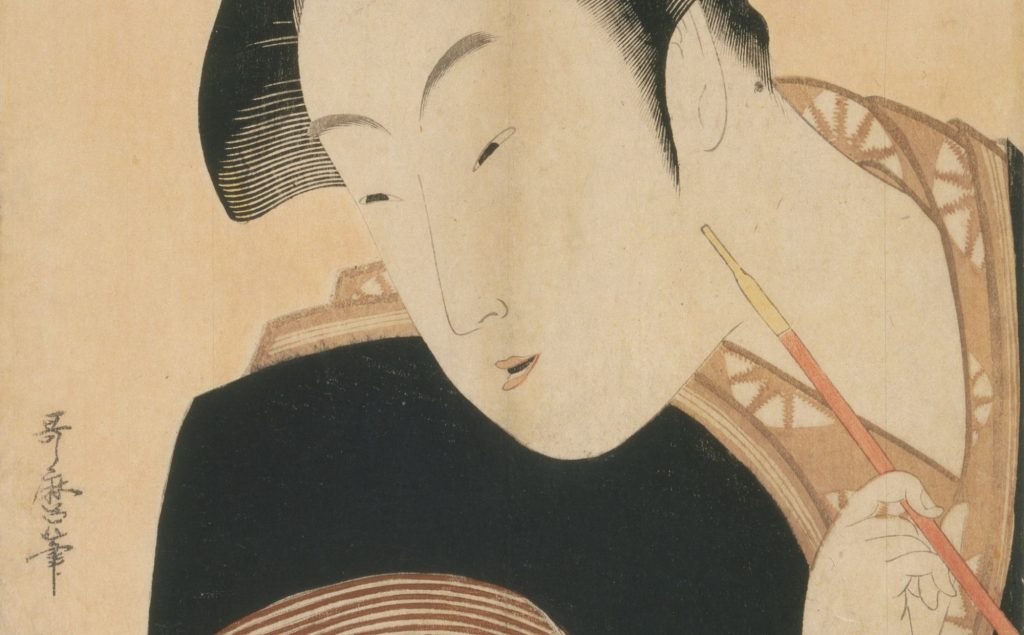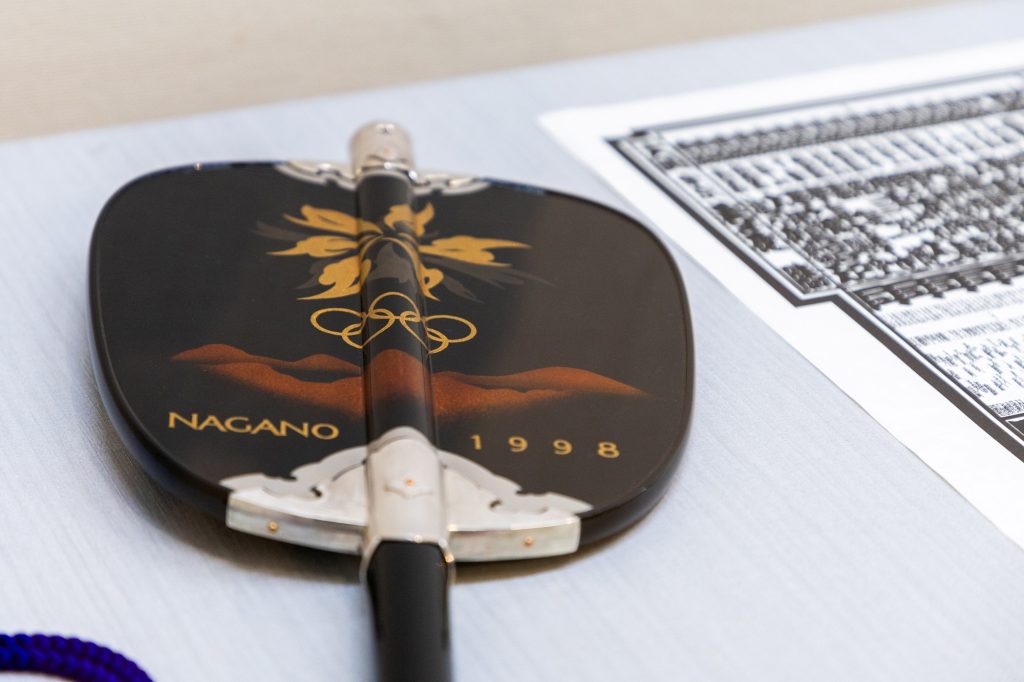In this installment of the “10 Charismatic Painters: An Introduction to Japanese Art” series, in this issue, we introduce Hasegawa Tohaku (長谷川等伯), along with images of his works.
[Aha! the True History of Japanese Art]
Completing against a huge faction alone
In Kyoto, the center of politics and culture from the Muromachi to the Momoyama periods, painting was dominated by the Kano school, which began with Chinese painting, and the Tosa school, which was based on the Yamato-e style.
Hasegawa Tohaku, born in Nanao in Noto Province, became an Ebusshi in his early 30s, and set his sights on Kyoto.
Although Tohaku had extraordinary confidence in his painting ability, he was rebuffed at every turn by the thick walls of the Kano school when he tried to obtain painting jobs, and kept feeling.
In order to get revenge for such a situation, Tohaku devised a strategy and eventually accomplished a great piece of work.
The 10-meter-long ‘Butsunen han zu (仏涅槃図)’, a work he produced after he became famous, is signed “Ji Sesshu V (自雪舟五代)”. It is a testament to his talent for strategic public relations, which he developed during his years of obscurity.
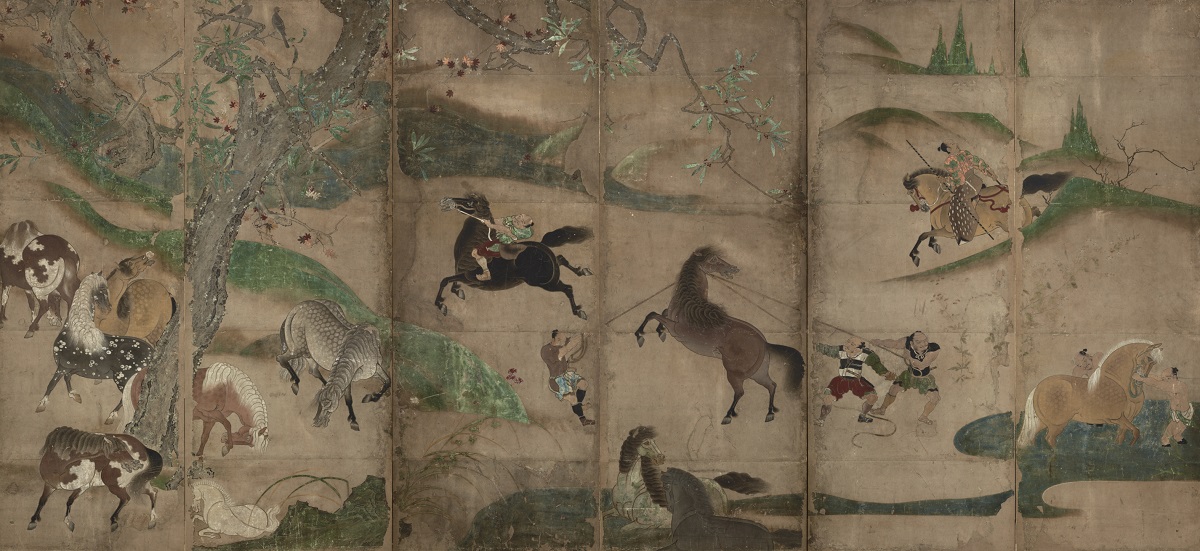
Hasegawa Tohaku, Important Cultural Property, Azuchi-Momoyama period, 16th century, (H)156.6 cm x 342.5 cm (W), Tokyo National Museum Source: ColBase (https://colbase.nich.go.jp)
This work is from his younger days when he was known as Shinshun.
[Aha! the True History of Japanese Art]
Shortlived, for one generation only
In came the news news of the death of Eitoku, the chieftain of the Kano school, who had been an irreconcilable enemy and major impediment for Tohaku. For Tohaku, it was also a chance to realize his long-held wish to overthrow the Kano school.
Although Tohaku was exposed to the headwinds of the Kyoto art world, he made full use of his limited personal connections to build personal connections with Sen no Rikyu and the high priests of Daitokuji Temple, and increased his name recognition as a painter. Along the way, he formed the Hasegawa school, which he hoped would one day supplant the Kano school.
The year after Eitoku’s death, Tohaku was commissioned to paint the walls of Shounji Temple (祥雲寺), which was built to honor the memory of Hideyoshi’s son Tsurumatsu. It all seemed like smooth sailing, but his eldest son Kyuzo, who was considered to be his successor, passed away prematurely. His dream of continuing the faction was crushed.
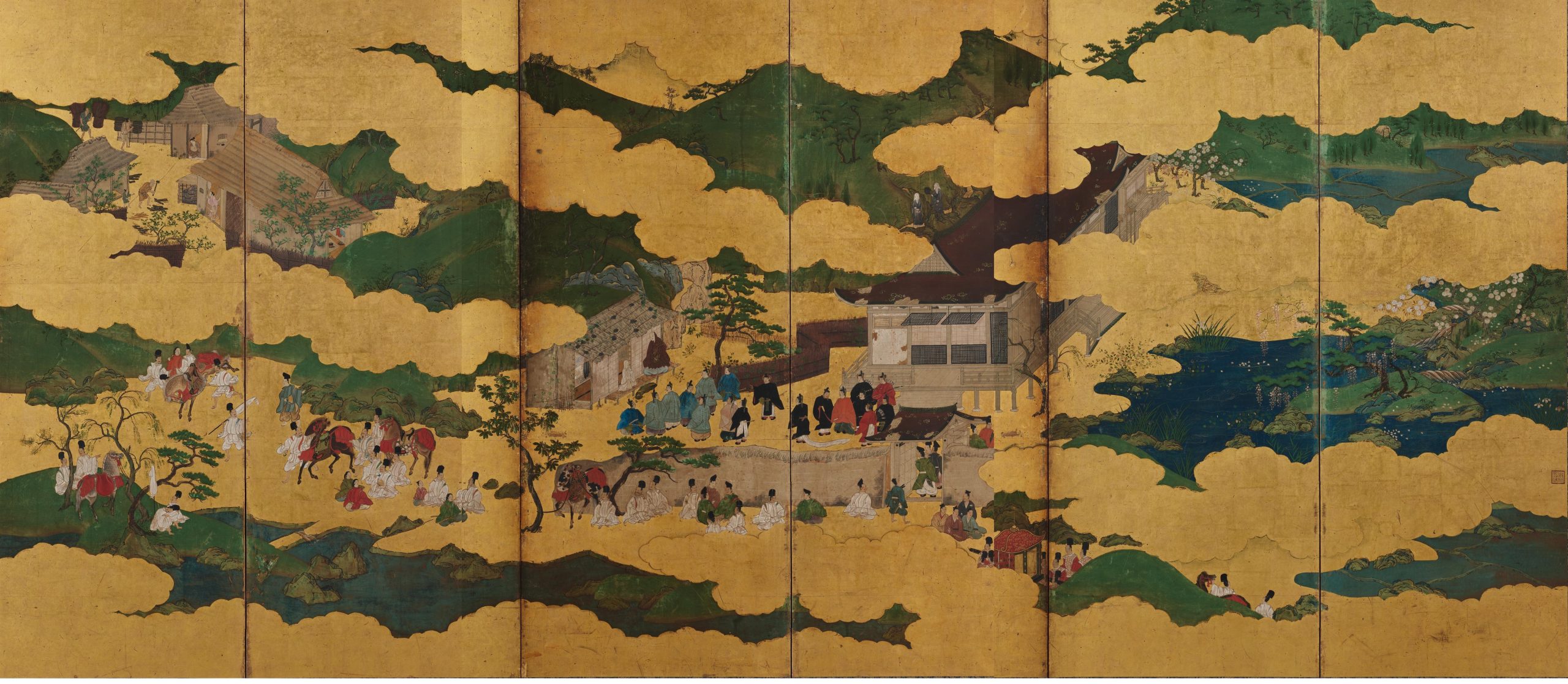
Hasegawa Kyuzo, Coloring on gold on paper, Azuchi-Momoyama period, 16th century, 170.6cm(H), 329.4cm(W), Tokyo National Museum Source: ColBase (https://colbase.nich.go.jp)
This is one of the few posthumous works by Kyuzo, who bore the full weight of Tohaku’s expectations.
[Aha! the True History of Japanese Art]
Could it had been the underpainting?
There are many mysteries in ‘Syorin zu Byobu (松林図屛風)’, which remains one of the greatest masterpieces of Japanese ink painting in the history of Japanese art. First of all, although it is said to be a scene of tranquility, its touch is very rough. And the most important point is that the composition of “Syorin zu” looks unstable because the joints of the paper are not aligned in some parts.
Taking the left screen as an example, the center between the third and fourth fans is misaligned, and when the paper joints are properly aligned, there is a slight shift in the top and bottom of the screen. There is a theory that the painting may have originally been placed between the two fans. Such a situation has led some to believe that it was the underpainting but the truth remains shrouded in fog as depicted in the pine tree grove painting.
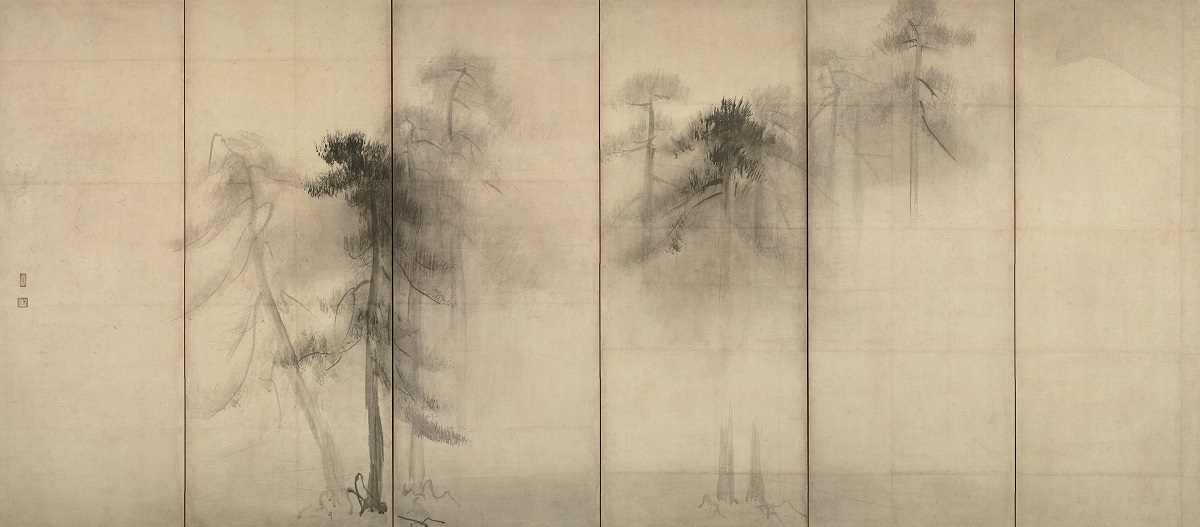
Many mysteries also make this film a masterpiece.
Hasegawa Tohaku, National Treasure, Ink painting on paper, 6 kyoku, 1 twin, Momoyama period, Late 16th century, 156.8 cm(H) x 356.0 cm(W), Tokyo National Museum Source: ColBase (https://colbase.nich.go.jp)
This painting is said to have been influenced by the Southern Song Dynasty painter Mokkei, but the brushwork is truly rough. Since the work was painted after the untimely death of Hisazo, who was entrusted with the next generation, some believe that it is meant as a requiem for his soul for a remorse for his death.
Profile of the charismatic painter Tohaku Hasegawa
Hasegawa Tohaku
1539 – 1610. Born in Nanao, Noto Province, he became a painter and Buddhist priest, but when he was over 30 years old, he went to Kyoto, dreaming of success as a painter. After a period of obscurity, he was commissioned by Hideyoshi to create the Shounji temple wall paintings and painted ‘Kaede zu kabe haritsuke (楓図壁貼付)’ to solidify his position as a painter. After his son’s sudden death, he painted “Syorin zu Byobu”, which left his name immortalized in Japanese art.
*This article is a reprint of the magazine Waraku (April/May 2018).






